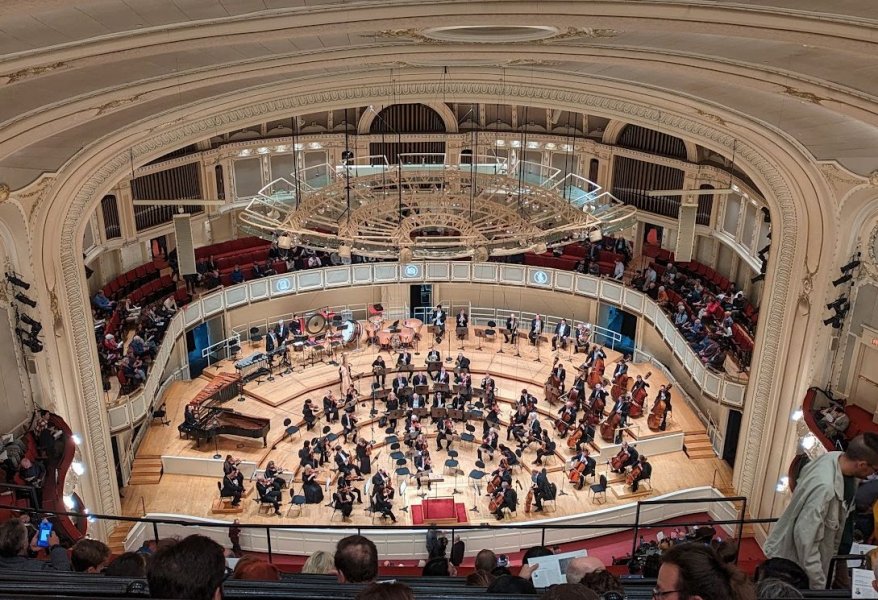I posted the following in a different thread, but want it here as it reflects my thinking on the topic of natural sound:
Live music is my reference, and the reference for many here, but not all.
In my opinion, very precise, pinpoint imaging, usually with outlines, is an artifact, and to me it sounds artificial. Some gear and combinations of components and acoustic treatment set up in particular ways will create this effect. Sure, some people like that. It gives the illusion that someone is there in the room with you, but it sounds fake to me. When I close my eyes when listening to someone speak or when listening to live acoustic instruments, I do not hear this effect. Therefore, I do not want to recreate it in my listening room. My goal is a more natural presentation, reminding me of what I hear live.
I am talking about the origin of the sound, the location of the musician with his instrument as it is presented before me. My focus is the sound that the musician or singer makes with his or her instrument. The musician himself is not making a sound. We should not see/hear/imagine a pinpoint image of the musician or his instrument but rather the location from which the energy originates and then expands into the space. Is that precise? To me, it is about the spatial relationships between the instruments up on stage and how the energy moves outward and around and is reflected. I can tell that the violins are to the left of the piano and cello and that the timpani is further back in center and where the brass section and wind instruments are. The triangle may pierce through the mix and be on the left side, but where exactly is hard to tell, especially if you sit further back in the hall. Of course Ella is sitting there right next to Joe Pass in front of me in my room, but even then, it is not pinpoint and certainly not outlined. I hear her voice and his guitar. I hear the moment the sound is created and roughly where, but no pinpoint and no outline. The scale is believable and their relationship within the space is convincing. I can imagine them there singing and playing, but it is only the origin of the sound in space as captured by the recording and presented by the system in the room. Pinpoint imaging also implies to me at least a very small and precise point in space. Hearing a piano or cello or voice singing is nothing like that.
Yes, we all certainly have different approaches, observations, and goals.
Boston symphony hall last week just prior to the beginning of the program. When the musicians started to play, I could see pinpoint imaging. But when I closed my eyes, I did not hear it. The right most cello is 3 feet in front of the bass player. That is pinpoint imaging. There is no way I could discern that distance with my eyes closed. But I could hear a wave of low frequency energy coming from the left middle front of the stage and the two instrument sections playing very distinctly. The timbres were unique and the spatial relationship was clear but there was nothing pinpoint about it.
During Tchaikovsky’s piano Concerto, I could clearly see the pianist’s two arms rising above the keyboard, with fingers hidden. I could clearly hear 10 fingers on two hands playing different keys. Although I am certain the two hands attached to 10 fingers we’re only playing inches apart, I could not tell that by simply listening to the sound. What I heard was the energy leaving the soundboard to fill that great hall with beautiful music and the piano in the middle of the string sections and in front of the brass with the tympani even further back. There was an occasional triangle strike. Its energy pierced through the fabric, clear and high from somewhere behind the violins and to the left of the piano.
The sound from that orchestra simply did not have any pinpoint imaging.


